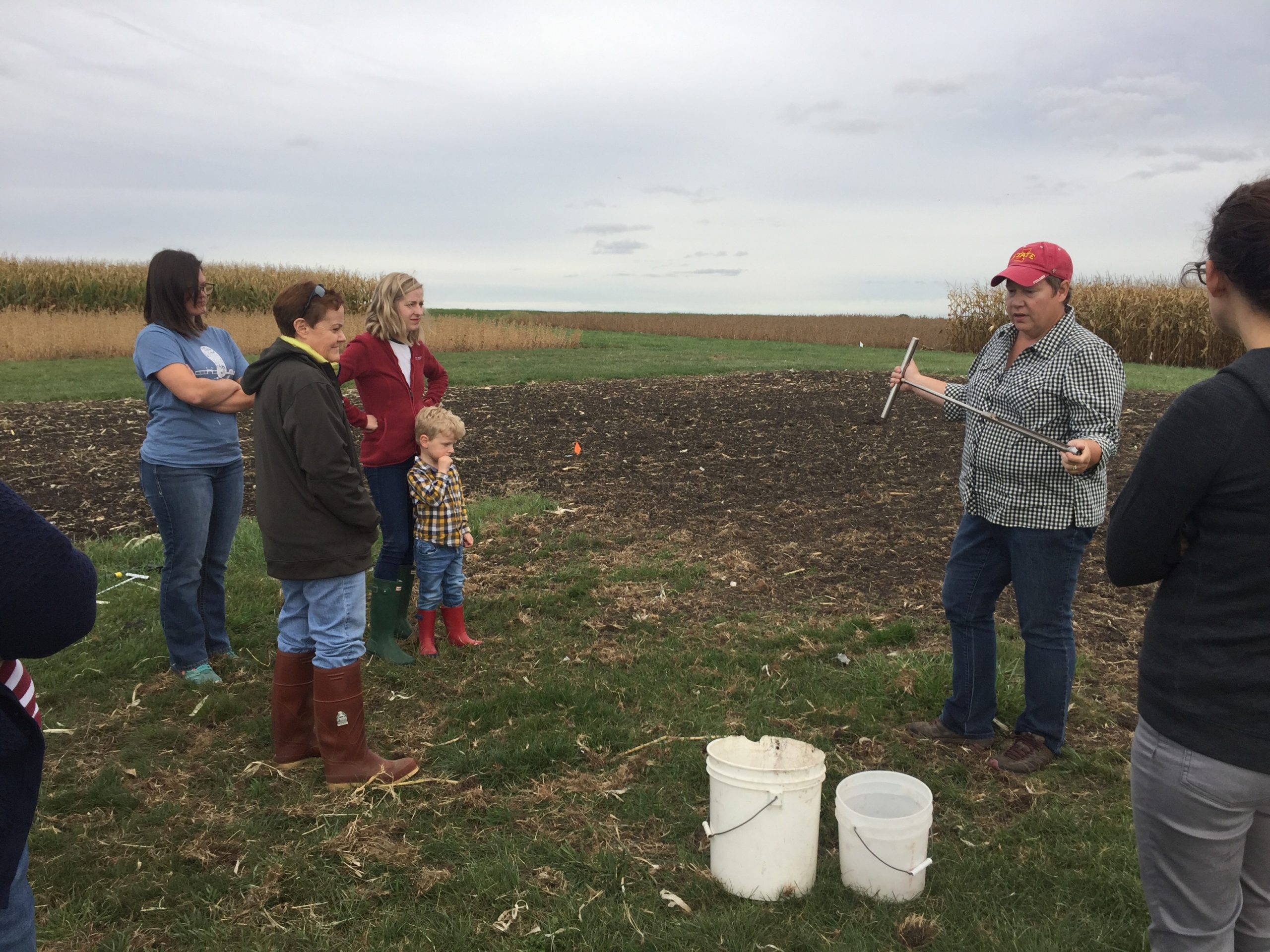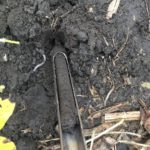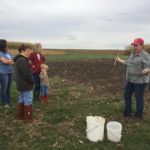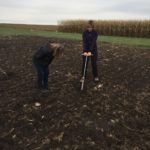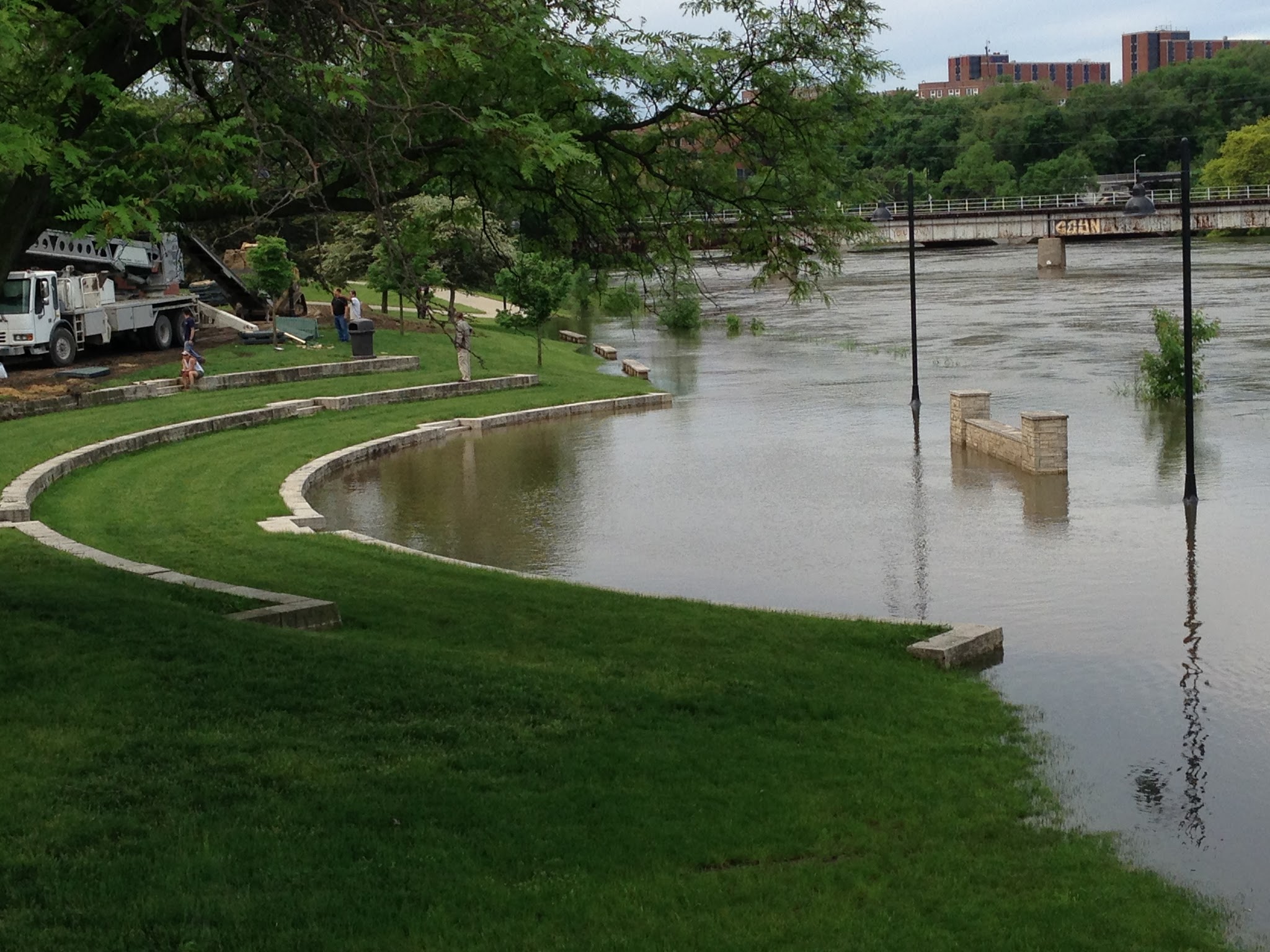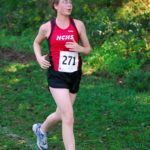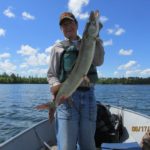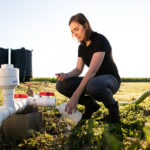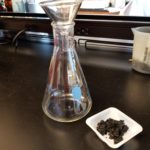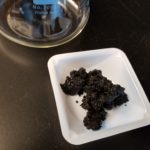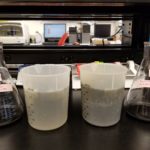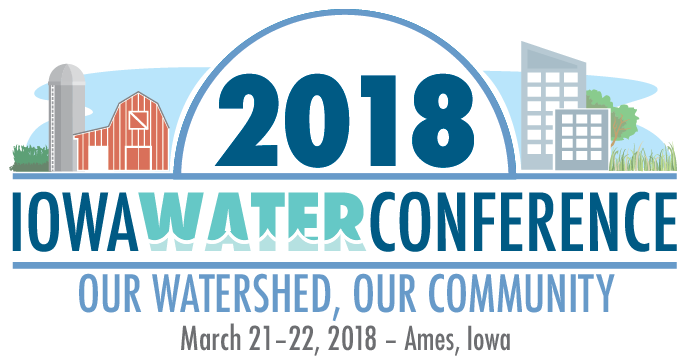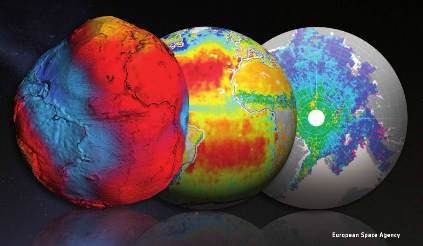Post submitted by Nathan Young, a PhD student co-majoring in Geology and Environmental Science here at Iowa State University.
Over the past 30 years, computer simulations of groundwater flow have become a standard tool for investigating water quality and quantity issues across the globe. Because of a number of limitations, ranging from data availability to available computer power, these simulations (or “models”) contain a number of simplifying assumptions that prevent them from being perfect representations of the location being studied. For instance, if the subsurface was composed primarily of sand with some gravel mixed in, we may tell the model that the subsurface is only composed of sand to simplify the model and make it run faster. While these assumptions may be acceptable under most circumstances, several common assumptions made about the subsurface in Iowa may in fact impede our understanding of how water and nutrients are moving throughout the state. In Iowa’s till dominated watersheds, the subsurface is commonly treated as a fairly homogenous low-permeability material, while in reality, ultra-small-scale cracks (or fractures) present in this material provide pipe-like pathways through which water and nutrients can move very rapidly. These fractures are often omitted from models due to the massive amount of computer power required to include them in the type of watershed-scale investigations that would be conducted for the purposes of evaluating regional water quality.
In spring 2017, I was awarded funding in the Iowa Water Center Graduate Student Supplemental Research Competition for my project titled, “Simulation of Watershed-Scale Nitrate Transport in Fractured Till Using Upscaled Parameters Obtained from Till Core.” My research seeks to accomplish two goals: to develop a method to include fractures in watershed-scale models, and then to evaluate the extent to which these ultra-small-scale fractures enhance groundwater flow and nutrient transport at the watershed scale.
This past summer I have made significant progress on my project on a number of fronts. My laboratory experiments on a series of 16x16x16 cm sediment samples excavated from the Dakota Access Pipeline trenches are ongoing, but they are progressing forward. I am currently conducting flow experiments on the samples using groundwater spiked with a chemical tracer. These samples contain small-scale cracks, called fractures, which provide pathways for very rapid movement of fluid and tracer in what would otherwise be a largely impervious material. By measuring the flow rate of fluid coming out of the sample, as well as the concentration of tracer that this effluent contains, I can quantify to what degree these fractures are enhancing flow within the sample. Early results of this work show that as we move deeper in the subsurface, water moves through the samples more slowly (which is what we would expect to see) yet these flow rates are still higher than we would find if the samples did not contain fractures. Furthermore, tracer concentrations in the sample effluent indicate that the fractures are providing preferential pathways for the tracer to flow through, resulting in tracer exiting the sample much sooner than if it were unfractured. I have been fortunate to have the assistance of two undergraduates, Jay Karani ’19, and Kate Staebell ’17, in setting up these experiments and analyzing the resulting output. This work would have taken much longer without their help!
I have also been working to develop a set of new computational methods that will allow for the role that these fractures play in groundwater flow and solute transport to be included in watershed-scale computer models. Previously, accounting for groundwater flow in fractures was too computationally intensive to include in models larger than the size of a small field. Yet the early results of my work suggest that we may have found a method to circumvent this computational limitation by computing a new set of flow parameters using sophisticated, small-scale groundwater flow simulations and field data. I presented some preliminary results of this work at the 2017 MODFLOW and More conference in Golden, Colorado, this past May, and was awarded 2nd place for graduate student presentations. A short paper on this work was also published in the conference proceedings. I am currently finalizing my results in preparation for a talk I will be giving at the Geological Society of America’s National meeting in Seattle later this month. I am also in the process of writing up the results for publication, and hope to have one of two manuscripts ready for submission by the end of the semester.
Finally, I was invited to visit Laval University in Quebec City, Canada this past August to work with Dr. René Therrien, a professor in the Department of Geology and Geological Engineering who developed the groundwater model I am using in my research. With the help of Dr. Therrien and his research group, I was able to accomplish in two weeks what would have likely taken me three months on my own. I have already been invited back to work with them again in summer 2018. We are working together to write a grant proposal to secure funding for that visit. I am confident that continued work with my collaborators at Laval University will enable me to include more detail in my study area, Walnut Creek watershed, into the overall model of the watershed I am currently building.
